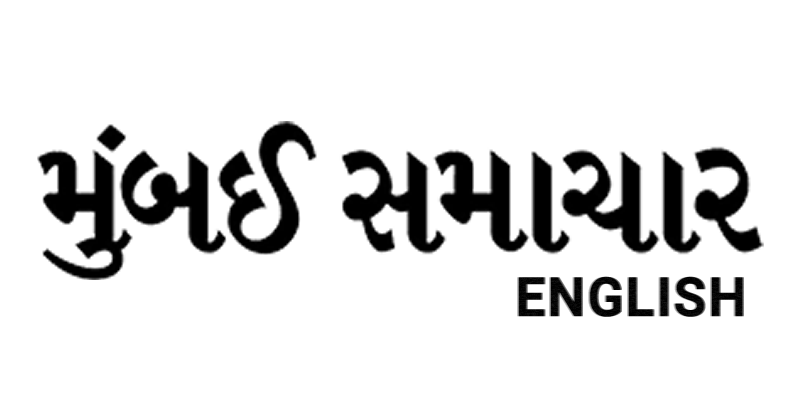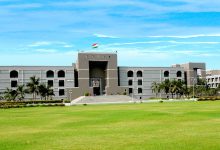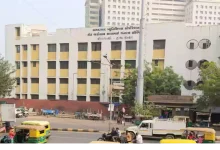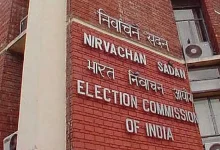Monsoon Surge Drives 82% Crop Sowing and Fills Gujarat’s Dams
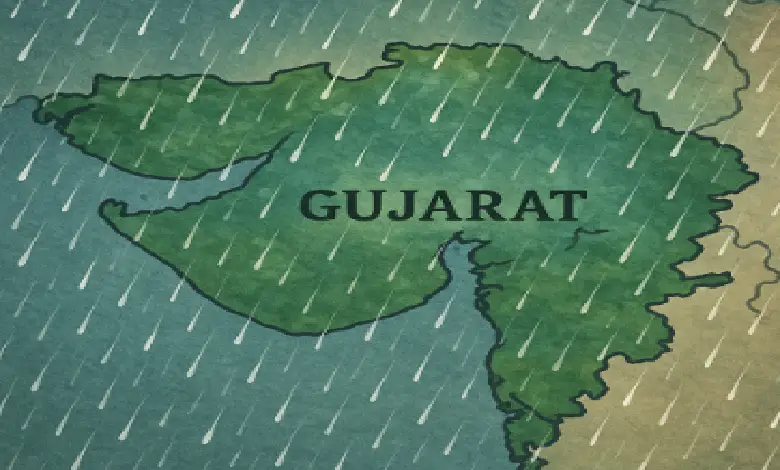
Gujarat’s monsoon season has brought substantial rainfall, significantly advancing agricultural activities and boosting water storage across the state. As of early August 2025, the state has received 64.79% of its average seasonal rainfall, enabling farmers to complete Kharif crop sowing on 82% of the cultivable land, totaling 70.15 lakh hectares. This marks a notable increase from the 68.23% reported on July 25, 2025, as per the State Emergency Operation Centre (SEOC).
The heavy rainfall has been a boon for agriculture, with groundnut leading as the most sown crop, covering 19.30 lakh hectares, followed closely by cotton at 18.24 lakh hectares. Other crops, including fodder (3.58 lakh hectares), soybean (2.18 lakh hectares), vegetables (1.25 lakh hectares), and maize (0.84 lakh hectares), have also seen significant sowing. Additional crops such as bajra, paddy, tur, moong, math, castor, cluster bean, and jowar contribute to the robust agricultural progress, according to the Agriculture Department.
The monsoon’s impact extends to Gujarat’s water infrastructure, with 30 of the state’s 206 dams now at full capacity. The Sardar Sarovar Dam, a critical resource for irrigation and drinking water, is currently at 65.22% capacity, holding 2,06,582 million cubic feet (MCFT) of water. Collectively, the state’s reservoirs store 3,48,896 MCFT, equivalent to 62.50% of their total capacity. The SEOC reports that 49 dams are on high alert, 20 on alert, and 23 under warning due to rising water levels.
Regionally, rainfall distribution varies, with Kutch recording the highest at 73.85% of its seasonal average, followed by South Gujarat at 67.05%, Saurashtra at 62.87%, North Gujarat at 59.98%, and East-Central Gujarat at 56.42%. The India Meteorological Department (IMD) forecasts continued heavy rainfall in districts such as Surat, Navsari, Valsad, Daman, and Dadra & Nagar Haveli through August 6, 2025, with lighter showers expected in other regions. The IMD has also advised fishermen to avoid sea ventures until August 6 due to rough conditions.
This monsoon season has significantly enhanced Gujarat’s agricultural output and water reserves, setting a promising foundation for the state’s economic and environmental stability.
